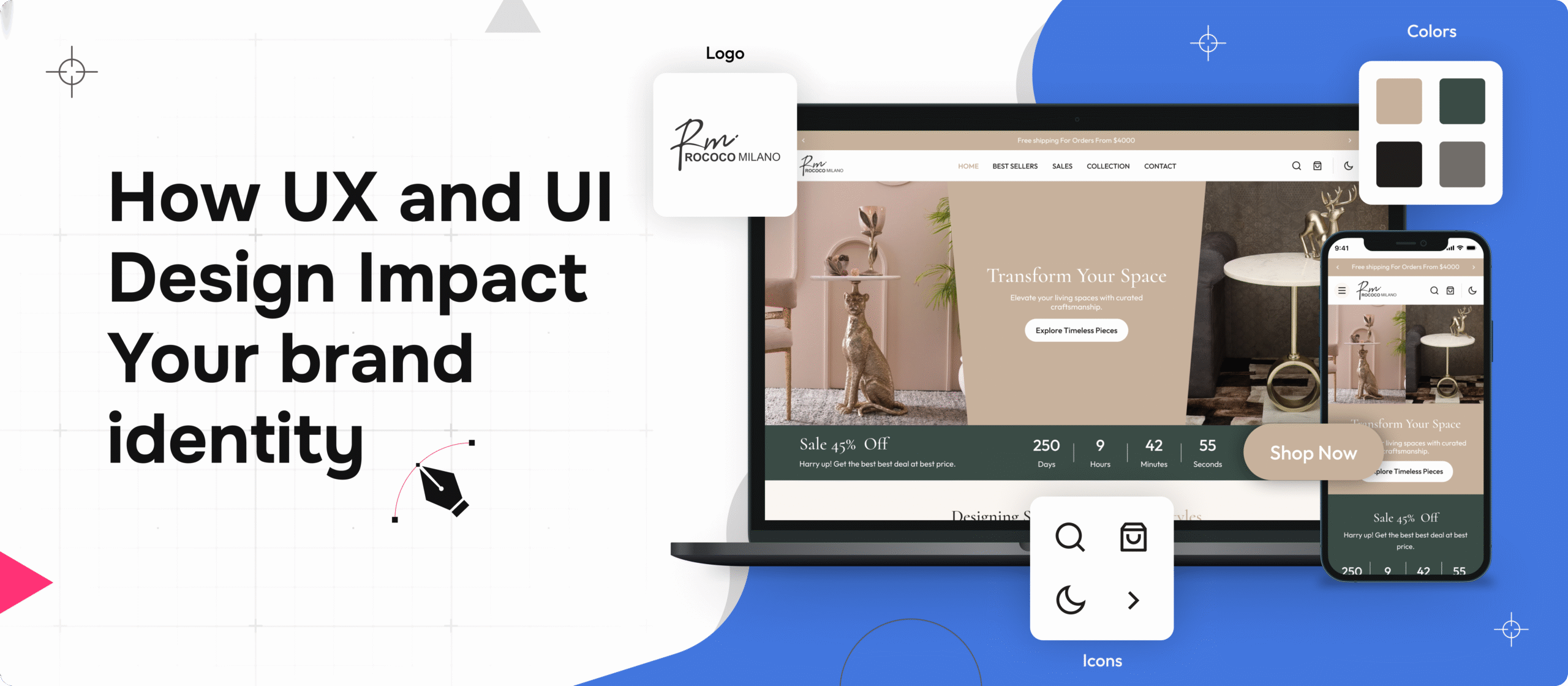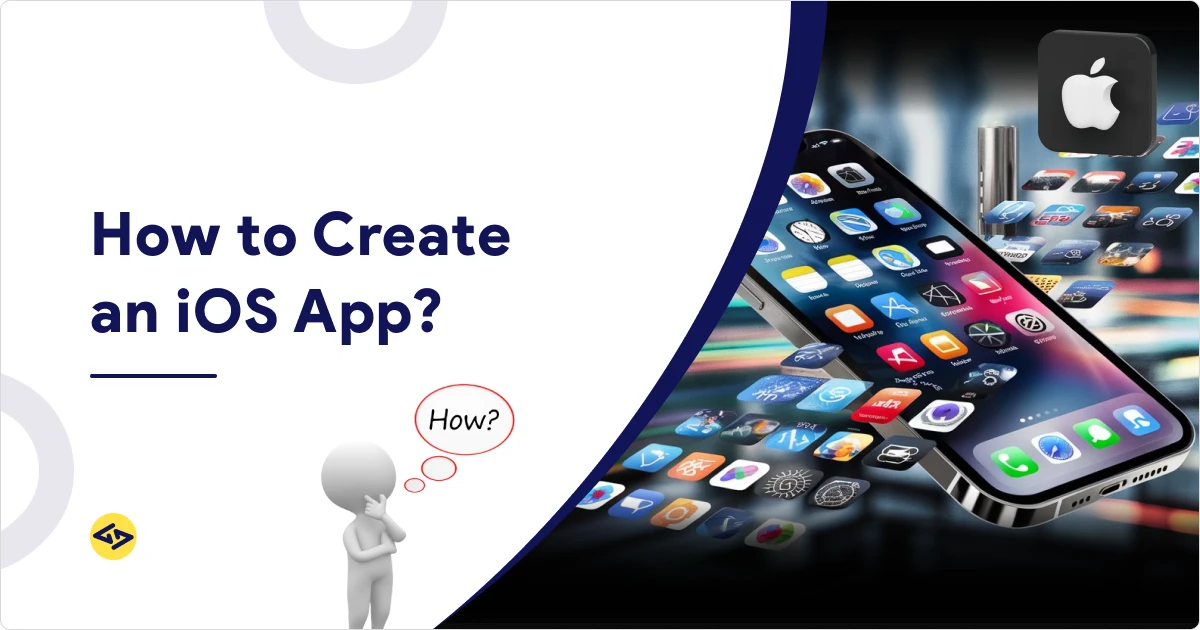As digital products continue to evolve, staying ahead of design trends is essential for companies operating in Europe and the United States. In 2025, user experience (UX) and user interface (UI) design will lean heavily into human‑centric principles and emerging technologies. Below are some of the most important trends to watch.
1. Minimalism and Micro‑Interactions
European and American users increasingly value clean, uncluttered interfaces. Minimalist layouts paired with delightful micro‑interactions (subtle animations, hover effects and haptic feedback) help users focus on the task at hand while enhancing perceived quality.
2. Dark Mode and High Contrast
Dark mode is no longer a novelty—it reduces eye strain and conserves device battery life. Expect more products to offer dark‑mode designs with strong contrast ratios, meeting accessibility guidelines and catering to users who prefer working in low‑light environments.
3. Voice and Gesture Interfaces
Voice assistants and gesture controls are becoming mainstream. Designers in both markets should consider voice‑friendly navigation, along with simple gesture shortcuts, to create seamless experiences across devices such as smart speakers, wearables and AR/VR headsets.
4. Augmented Reality (AR) and Virtual Reality (VR)
With investments pouring into metaverse and extended reality platforms, immersive interfaces will continue gaining ground. European agencies are leading AR integration in ecommerce, while U.S. companies are pioneering VR training and collaboration tools. Designers should prototype spatial experiences and ensure intuitive controls.
5. Personalization through AI
Machine learning and AI allow products to adapt content, layout and recommendations based on individual behavior. Personalized dashboards and context‑aware UI elements improve engagement while respecting privacy regulations like GDPR in Europe and CCPA in California.
6. Inclusive and Accessible Design
Accessibility is no longer optional. Global brands are adopting WCAG 2.2 guidelines to ensure products are usable by people of all abilities. This includes keyboard navigation, descriptive alt text for images, sufficient color contrast and inclusive language.
Staying informed about these trends will help UI/UX agencies in Europe and the USA create experiences that resonate with diverse audiences and keep brands competitive in a rapidly evolving digital landscape.



















